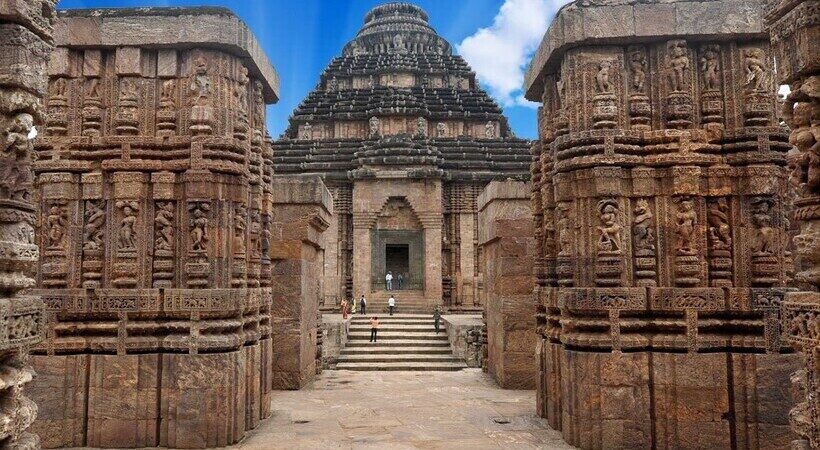Have you ever wondered why temples are constructed in such particular styles? The architecture of temples is a product of a long evolution in the Indian subcontinent. Beginning from the normal single-cell structures such as the temple no.17 at Sanchi, temple architecture has become more and more ornate, grand and imposing by the 13th century. Looking at these magnificent structures closely reveals a lot about the values, beliefs, mythologies and socio-political formations of the people who constructed them. One can read the design of the temple and appreciate its beauty in a much more meaningful way by taking a look at the principles guiding the construction of temples.
There is a healthy debate among art historians regarding how much of temples architecture was influenced by the ancient texts such as Vastu and Shilpa Shastras, and the creativity and agency of their architects. However, some basic components of Indian temples architecture have been zeroed down. There are three broad styles of temple architecture in the subcontinent. Nagara style was practiced in the north, Dravida style was prominent in the south and the Vesara style is a confluence between the two.
Without further ado, let’s take a look at the basic vocabulary of Indian temple architecture:
Garbhagriha
The sanctum or the central room within the temple where the main deity is placed is called the Garbhagriha. Meaning “womb house”, the Garbhagriha is the focus of ritual attention.
Mandapa
The entrance to the temple is developed into a portico or a colonnaded hall, providing space for a large number of devotees and it’s known as mandapa.
Shikhar/Vimana
Temples have a mountain-like spire that takes the form of a curving Shikhar (summit) in north India and a pyramidical tower called Vimana in South India.
Vahan
The mount or the vehicle of the temple’s main deity along with a pillar or a “dhvaj” is placed axially before the Garbhagriha.
Gopuram
A feature exclusive to the Dravidian style, the temple is enclosed by a compound wall. The front wall has an entrance gateway, that is known as Gopuram.
Pradakshina Path
In some temples, there is a path circling the central deity in the Garbhagriha for the devotees to traverse before entering the sanctum. This path may be inside the temple or be constructed outside it, denoting the spiritual journey that the devotee must take before reaching god in the Garbhagriha.



















